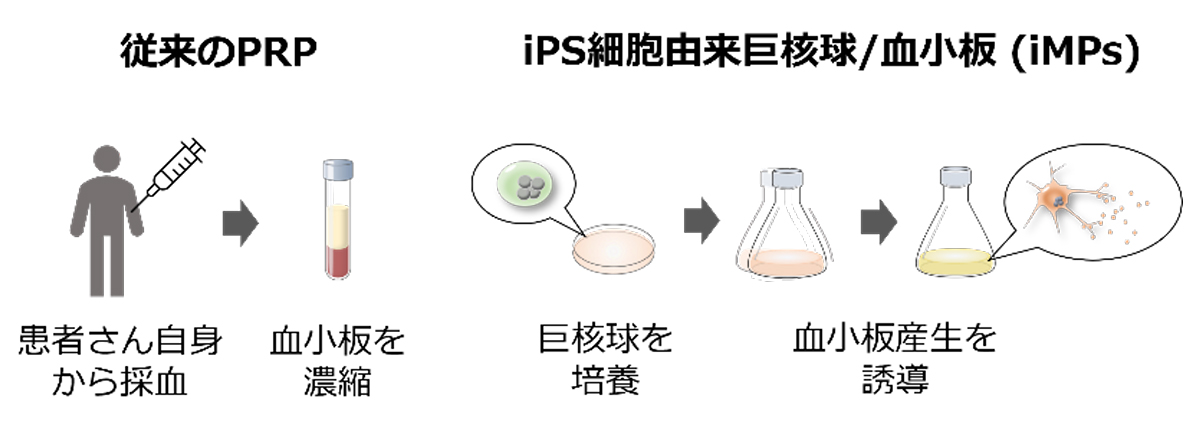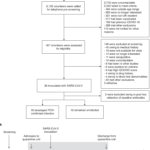2024-11-25 カロリンスカ研究所(KI)
<関連情報>
- https://news.ki.se/women-who-suffer-pregnancy-complications-have-fewer-children
- https://jamanetwork.com/journals/jama/article-abstract/2827105
重度の母体合併症とその後の出産との関連性 Association of Severe Maternal Morbidity With Subsequent Birth
Eleni Tsamantioti, MD, MMedSc; Anna Sandström, MD, PhD; Charlotte Lindblad Wollmann, MD, PhD; et al
Journal of the American Medical Association Published:November 25, 2024
DOI:10.1001/jama.2024.20957
Key Points
Question What is the association of severe maternal morbidity (SMM) during a first birth with the probability of having a subsequent birth?
Findings In this nationwide population cohort study in Sweden, women with any SMM had a significantly lower incidence rate of subsequent birth compared with those without SMM in their first delivery (136.6 vs 182.4 per 1000 person-years). The associations were not influenced by familial confounding as indicated by sibling analyses.
Meaning Women who experience SMM in their first birth are less likely to have a subsequent birth. Adequate reproductive counseling and enhancing antenatal care are crucial for these women.
Abstract
Importance Women who experience severe maternal morbidity (SMM) might have lasting health issues, and the association of SMM with the probability of future reproductive intentions is unknown.
Objective To examine the association between SMM in a first birth and the probability of a subsequent birth.
Design, Setting, and Participants Retrospective, population-based cohort study conducted among 1 046 974 women in Sweden who had their first birth between 1999 and 2021.
Exposure Overall SMM and SMM subtypes were identified among all deliveries at 22 weeks of gestation or later (including complications within 42 days of delivery) from the Swedish Medical Birth Register and National Patient Register.
Main Outcomes and Measures All women with a recorded first delivery were followed up from 43 days postpartum until the first day of the last menstrual period of the second pregnancy that resulted in a birth (stillbirth or live birth) or until death, emigration, or end of follow-up on December 31, 2021. Multivariable Cox proportional hazards regression was used to estimate associations between SMM and time to subsequent birth with adjusted hazard ratios (aHRs). Sibling analysis was performed to evaluate potential genetic and familial confounding.
Results A total of 36 790 women (3.5%) experienced an SMM condition in their first birth. Women with any SMM had a lower incidence rate of subsequent birth compared with those without SMM in their first delivery (136.6 vs 182.4 per 1000 person-years), with an aHR of 0.88 (95% CI, 0.87-0.89). The probability of subsequent birth was substantially lower among women with severe uterine rupture (aHR, 0.48; 95% CI, 0.27-0.85), cardiac complications (aHR, 0.49; 95% CI, 0.41-0.58), cerebrovascular accident (aHR, 0.60; 95% CI, 0.50-0.73), and severe mental health conditions (aHR, 0.48; 95% CI, 0.44-0.53) in their first birth. The associations were not influenced by familial confounding as indicated by sibling analyses.
Conclusions and Relevance Our findings suggest that women who experience SMM in their first birth are less likely to have a subsequent birth. Adequate reproductive counseling and enhancing antenatal care are crucial for women with a history of SMM.



